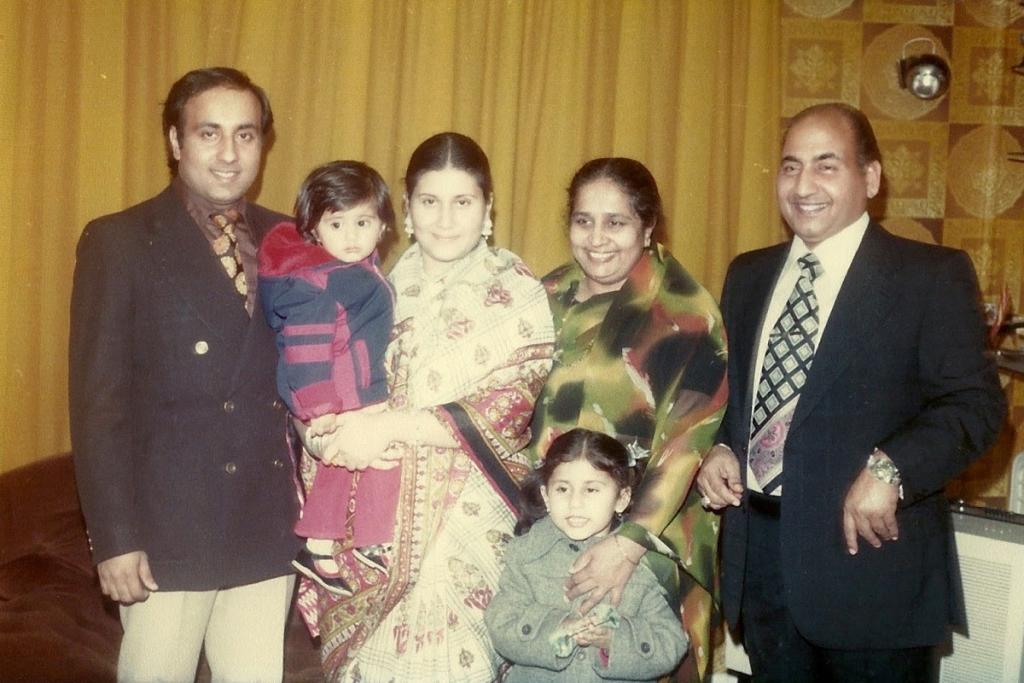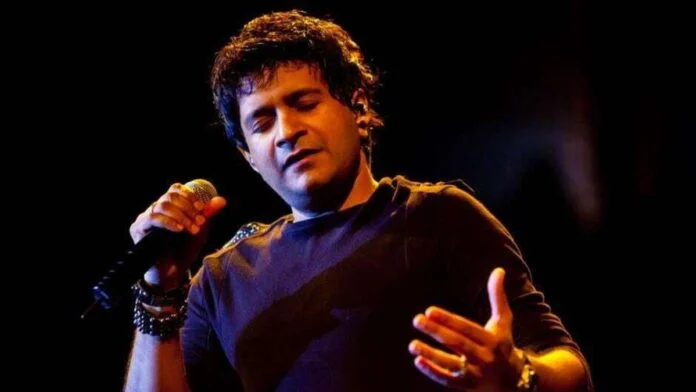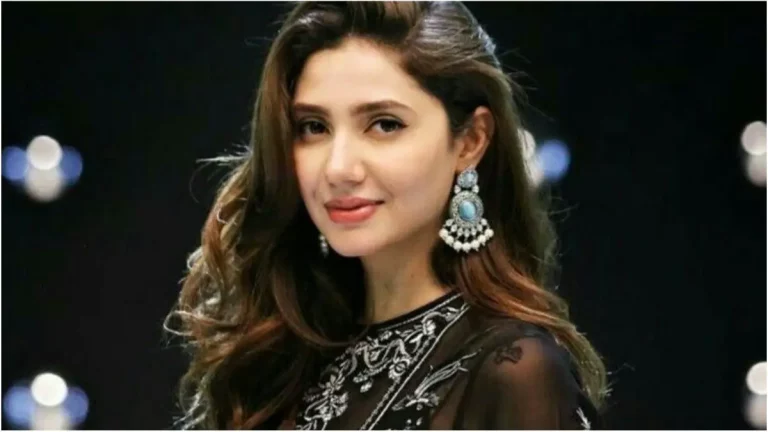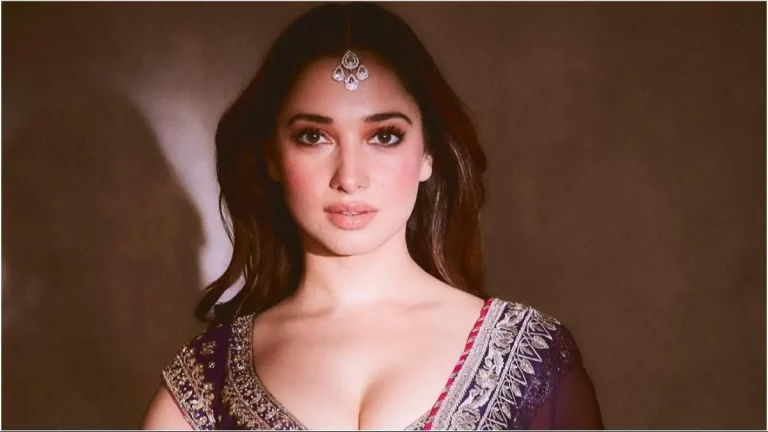Mohammed Rafi Biography: Career, Awards
In the annals of Indian cinema and music, few voices have resonated as profoundly and melodiously as that of Mohammed Rafi. He was a voice that transcended the boundaries of language, region, and genre, becoming an inseparable part of India’s cultural tapestry. “The Golden Voice of India” is a biography that celebrates the life and legacy of this legendary playback singer, whose soul-stirring renditions have left an indelible mark on the hearts of millions.
Born in 1924 in the village of Kotla Sultan Singh, Punjab, Rafi’s journey to the pinnacle of Indian music is a tale of extraordinary talent, unwavering dedication, and a relentless pursuit of artistic perfection. This biography not only traces his ascent within the Indian film industry but also offers a window into the personal life of a man who, despite his monumental fame, remained grounded in humility and grace.
Rafi’s career spanned over four decades, during which he sang in multiple languages, giving voice to a myriad of emotions across thousands of songs. His contributions were not just in sheer volume but in the versatility and depth of his performances. From soulful ghazals to peppy numbers, from romantic ballads to patriotic songs, Rafi’s voice was capable of capturing every nuance of human emotion.
This book is more than a chronicle of a legendary singer; it’s a tribute to a voice that became the soundtrack of a nation’s joys, sorrows, and dreams. Through archival research, interviews, and personal accounts, “The Golden Voice of India” seeks to understand the man behind the music, the ethos that guided his career, and the legacy that continues to inspire generations. Join us in celebrating Mohammed Rafi, a true maestro whose golden voice will echo through the ages.
Mohammed Rafi: Early Life and Childhood
Mohammed Rafi, the legendary Indian playback singer, and musician, family originally hailed from Kotla Sultan Singh, a village near present-day Majitha in the Amritsar district of Punjab, India. Let’s delve into his early life and childhood:
- Imitating the Fakir’s Chants: Rafi, affectionately known as Pheeko, discovered his passion for singing by imitating the chants of a fakir who wandered the streets of his native village, Kotla Sultan Singh. These early musical influences shaped his love for music and set the stage for his remarkable career
- Lahore Years: In 1935, Rafi’s father relocated the family to Lahore, where he ran a men’s barbershop in Noor Mohalla, Bhati Gate. It was during this time that Rafi received formal training in classical music from renowned teachers such as Ustad Abdul Wahid Khan, Pandit Jiwan Lal Mattoo, and Firoze Nizami
- First Public Performance: At the tender age of 13, Rafi made his debut as a playback singer in the Punjabi film “Gul Baloch” (released in 1944) with the duet “Soniye Nee, Heeriye Nee”, alongside Zeenat Begum. His melodious voice caught the attention of audiences, marking the beginning of a prolific career
Rafi’s ability to adapt his voice to match the persona and style of the actors lip-syncing his songs on screen made him an iconic figure in the Indian music industry. His versatility ranged from peppy numbers to soulful ghazals, patriotic anthems to romantic melodies, and qawwalis to classical renditions. Throughout his illustrious career, he recorded over 7,000 songs in various languages and dialects, leaving an indelible mark on the world of music
Mohammed Rafi: Full Information
| Category | Details |
|---|---|
| Full Name | Mohammed Rafi |
| Date of Birth | December 24, 1924 |
| Place of Birth | Kotla Sultan Singh, Punjab, British India |
| Date of Death | July 31, 1980 |
| Occupation | Playback Singer |
| Genres | Filmi, Ghazal, Bhajan, Qawwali, Classical |
| Career Span | 1944 – 1980 |
| Notable Works | “Chaudhvin Ka Chand Ho”, “Kya Hua Tera Wada”, “Likhe Jo Khat Tujhe”, among many others |
| Awards | Padma Shri (1967), 6 Filmfare Awards, National Film Award (1977) |
| Playback for | Hindi and regional Indian films |
| Languages Sung | Hindi, Bengali, Punjabi, Marathi, Gujarati, Kannada, Telugu, Bhojpuri, Urdu |
| Personal Life | Married to Bilquis Bano, had four sons and three daughters |
Mohammed Rafi: Family member
| Relation | Name |
|---|---|
| Father | Hajji Ali Mohammed |
| Mother | Allah Rakhi |
| Wife | Bilquis Bano |
| Sons | Saeed, Khalid, Hamid, Shahid |
| Daughters | Parveen, Yasmin, Nasreen |

Mohammed Rafi: Education & Qualification
| Education/Qualification | Details |
|---|---|
| Formal Education | Completed schooling |
| Formal Training | Received classical music training from Ustad Abdul Wahid Khan, Pandit Jiwan Lal Mattoo, and Firoze Nizami |
| Higher Education | Master’s degree in Human Resources and Training from Mahatma Gandhi University, Kottayam, Kerala |
| Management Program | Alumnus of the Management Development Program at the School of Communication and Management Studies, Cochin, Kerala |
Mohammed Rafi: Social Media link
| Platform | Link |
|---|---|
| Mohammed Rafi Official Page | |
| Wikipedia | Mohammed Rafi Wikipedia |
Mohammed Rafi: Debut & Awards
| Category | Details | Year |
|---|---|---|
| Debut as a Singer | Playback singing in the Punjabi film “Gul Baloch” | 1944 |
| Notable Awards | ||
| Padma Shri | The fourth highest civilian award in India | 1967 |
| Filmfare Awards | Best Male Playback Singer | 1960, 1961, 1964, 1966, 1968, 1977 |
| National Film Award | Best Male Playback Singer for the song “Kya Hua Tera Wada” from the movie “Hum Kisise Kum Naheen” | 1977 |

Mohammed Rafi: Popular Song
| Year | Song Title | Movie |
|---|---|---|
| 1957 | “Chaudhvin Ka Chand Ho” | Chaudhvin Ka Chand |
| 1960 | “Kya Hua Tera Wada” | Hum Kisise Kum Naheen |
| 1961 | “Teri Pyaari Pyaari Surat Ko” | Sasural |
| 1964 | “Likhe Jo Khat Tujhe” | Kanyadaan |
| 1965 | “Baharon Phool Barsao” | Suraj |
| 1966 | “Aaj Mausam Bada Beimaan Hai” | Loafer |
| 1968 | “Dil Ke Jharokhe Mein” | Brahmachari |
| 1973 | “Yeh Duniya Yeh Mehfil” | Heer Raanjha |
| 1977 | “Parda Hai Parda” | Amar Akbar Anthony |
| 1977 | “Tum Jo Mil Gaye Ho” | Hanste Zakhm |
Frequently Asked Questions
- Q: What was Mohammed Rafi’s vocal range?
- A: Mohammed Rafi had an impressive vocal range that allowed him to effortlessly switch between high-pitched romantic melodies, soulful ghazals, and energetic qawwalis. His ability to adapt his voice to suit various genres made him a versatile singer.
- Q: How many songs did Mohammed Rafi record in his career?
- A: Rafi recorded over 7,000 songs in various languages, including Hindi, Urdu, Punjabi, Bengali, and more. His extensive discography remains unmatched in the history of playback singing.
- Q: Did Mohammed Rafi receive any awards for his contributions to music?
- A: Yes, Rafi received several prestigious awards during his career. Notably, he was honored with the National Film Award for Best Male Playback Singer multiple times. His impact on Indian cinema and music was recognized by both critics and audiences alike.
- Q: Which song is considered Mohammed Rafi’s masterpiece?
- A: It’s challenging to pinpoint a single masterpiece, as Rafi’s repertoire includes numerous iconic songs. However, classics like “Chaudhvin Ka Chand Ho”, “Tere Mere Sapne Ab Ek Rang Hai”, and “Yeh Reshmi Zulfon Ka Andhera” are often celebrated as some of his finest works.
- Q: Was Mohammed Rafi associated with any music directors or composers?
- A: Rafi collaborated with several renowned music directors, including S.D. Burman, Naushad, Laxmikant-Pyarelal, and R.D. Burman. His seamless partnership with these maestros resulted in timeless melodies that continue to resonate with music lovers.
- Q: Did Mohammed Rafi ever sing for actors other than Hindi film stars?
- A: Yes, Rafi lent his voice to actors across regional cinema as well. He sang in Punjabi, Bengali, Telugu, and other languages. His versatility transcended boundaries, making him a beloved figure beyond Bollywood.
More Related biography: Lionel Scaloni






